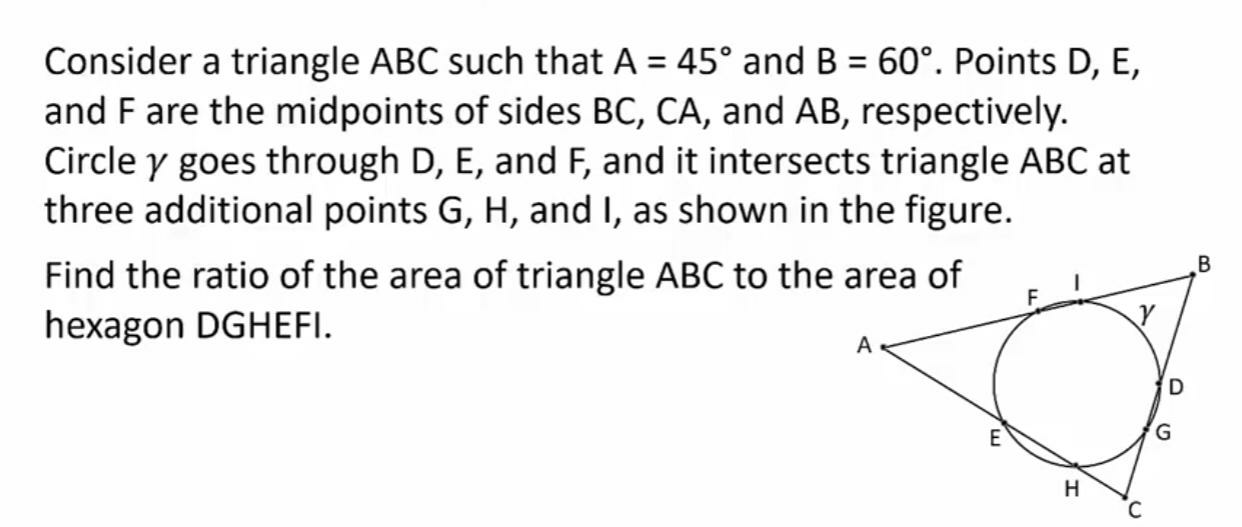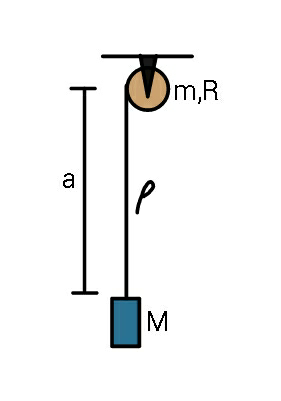
AllQuestion and Answers: Page 1554
Question Number 51630 Answers: 1 Comments: 4

Question Number 51628 Answers: 0 Comments: 2

Question Number 51621 Answers: 0 Comments: 6

Question Number 51617 Answers: 1 Comments: 2
Question Number 51614 Answers: 2 Comments: 0
Question Number 51613 Answers: 2 Comments: 0
Question Number 51612 Answers: 2 Comments: 0
Question Number 51600 Answers: 1 Comments: 1
Question Number 51594 Answers: 0 Comments: 0

Question Number 51592 Answers: 0 Comments: 4

Question Number 51590 Answers: 2 Comments: 1
Question Number 51588 Answers: 1 Comments: 0
Question Number 51605 Answers: 0 Comments: 0

Question Number 51571 Answers: 1 Comments: 0
Question Number 51558 Answers: 1 Comments: 3

Question Number 51552 Answers: 0 Comments: 1
Question Number 51551 Answers: 2 Comments: 2
Question Number 51550 Answers: 1 Comments: 2
$${find}\:\int_{\mathrm{0}} ^{\mathrm{1}} \sqrt{\mathrm{1}+{x}^{\mathrm{4}} }{dx} \\ $$
Question Number 51549 Answers: 0 Comments: 0
Question Number 51539 Answers: 2 Comments: 1

Question Number 51535 Answers: 1 Comments: 1

Question Number 51526 Answers: 1 Comments: 1

Question Number 51510 Answers: 1 Comments: 0

Question Number 51508 Answers: 0 Comments: 0
Question Number 51502 Answers: 0 Comments: 1

Question Number 51501 Answers: 1 Comments: 0

Pg 1549 Pg 1550 Pg 1551 Pg 1552 Pg 1553 Pg 1554 Pg 1555 Pg 1556 Pg 1557 Pg 1558
